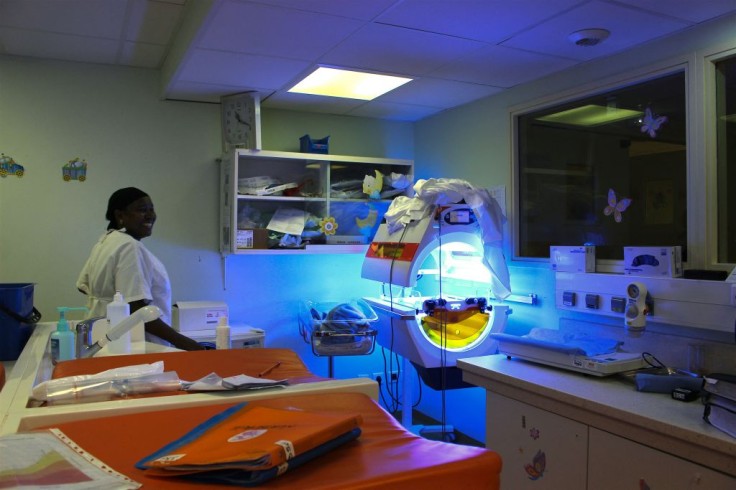
In 2015, Virtue Oboro had to rush her 48-hours old baby into the hospital for emergency treatment. Her baby, Tombra, was diagnosed with severe jaundice and needed phototherapy to get better. However, hospitals run out of phototherapy, prompting them to wait for hours for an available unit.
Her son, however, has gotten worse and had to undergo an emergency blood transfusion. It was a risky surgery, but it gave her enough time to wait until a phototherapy unit was available. When a team was finally available, she had to buy a bulb to make it work. Worse, the power outages turned the unit off for hours during his son's seven-day treatment, CNN reported.
Her son survived the ordeal and is now six years old. But the incident made Virtue more determined to find a solution so parents like her would not go through the same situation. The mom would invent a solar-powered crib designed to save infants from jaundice.
Jaundice Explained
The Center for Disease Control and Prevention (CDC) says that jaundice is the yellow color found in many newborns. It happens when bilirubin builds up in the baby's blood. During pregnancy, the mother's liver removes the bilirubin for the baby. However, when the baby is born, the baby's liver must remove the bilirubin. In some cases, the baby's liver may not be developed enough to get rid of bilirubin. Too much bilirubin leads to build-up in the baby's body. Hence, the skin and the whites of the eyes turn yellow. The yellowish coloration is called jaundice.
If severe jaundice is left untreated for prolonged periods, it leads to kernicterus. It also results to vision, teeth, and hearing loss. Early detection and management of jaundice can prevent such complications, which can be solved by simple phototherapy.
Read Also: Nine-year-Old Boy Develops App for Non-verbal Brother With Autism To Help Him Communicate
Crib A' Glow
The life-saving crib is called Crib A'Glow, a low-cost phototherapy solution for treating newborn babies with neonatal jaundice. The invention is solar-powered, foldable, and a low-cost phototherapy unit that treats jaundice using LED lights. The light rays provide maximum efficiency on the baby's body, while the LED lights prevent skin burns, dehydration, and rashes.
The innovative crib cuts the issue of access to phototherapy, cost, and irregular power sources required to treat jaundice in hospitals traditionally.
She worked with a pediatrician in the design process to ensure that the device was safe and in line with the current phototherapy guidelines.
As a graphic designer, Virtue struggled with medical technicalities. She got a lot of support from her husband, who had experience working with solar energy. Since Virtue developed the technology, several pediatric units like the Federal Capital Territory, Miatama, Wuse, and Asokoro District Hospitals now have a phototherapy treatment facility for kids. The crib units she created have saved 550,00 babies from the disease as of this writing.
Hippolite Amadi, a professor of bioengineering at Imperial College, London, said that effective photography units currently in Nigeria cost $2,000, which local hospitals can hardly afford.
However, the Crib A Glow, since it is locally made, costs $360 per unit. Since it is portable and solar-powered, mothers can use the device at home, even in remote areas with limited access to electricity.
Virtue's invention has gone a long way. It was awarded the Johnson and Johnson Africa Innovation Awards and a finalist for the Royal Academy of Engineering Africa Award 2022.
Related Article: Mono-di Twins: Mom Gives Birth to 1- Or 2-In-a-Million-of-A-kind Rare MCDA Twins With Down Syndrome